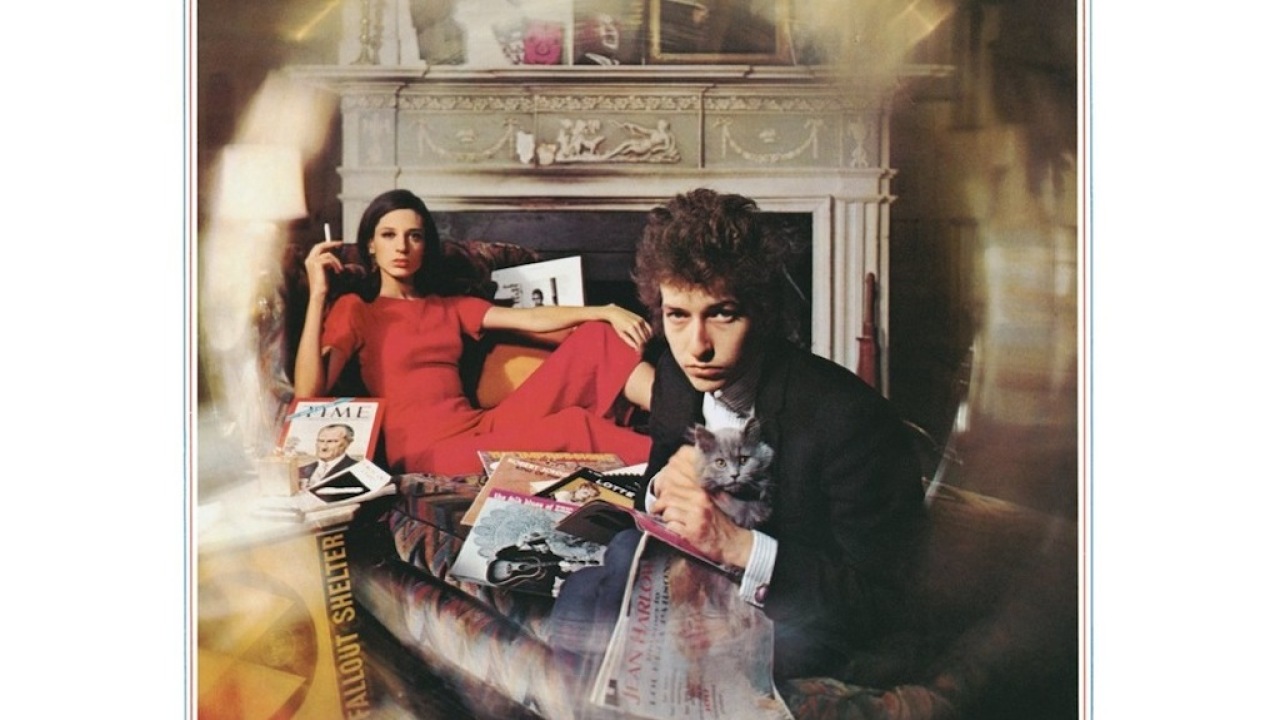Bob Dylan Bringing It All Back Home (Columbia, 1965)
In 1965, Bob Dylan was laying waste to all the competition. The areas he was drawing from, and the directions in which he was taking rock ‘n’ roll were totally unprecedented, and absolutely new. In many ways his output from that era remains unsurpassed.
The release of Bringing It All Back Home coincided with the last show of a joint tour with Joan Baez. The timing was significant because it was also the first in a trilogy of LPs (followed by Highway 61 Revisited and culminating in Blonde On Blonde) that saw Dylan’s music radically evolve from the primitive style of protest music he shared with Baez in the early days into the blend of electric folk, psychedelic rock and country blues that would come to define his own utterly unique sound.
By the mid-Sixties Dylan was done with the folk movement, and through with being labelled ‘the spokesman of a generation’. Bringing It All Back Home was his means of striking another match and starting anew, as he sings on the album’s closing track It’s All Over Now, Baby Blue. On the one hand that song serves as a forlorn poem about the heartache of having to say goodbye to someone you once loved, but on another level it works as Dylan’s personal rejection of his former protest-folk self.
The stylistic switch was not met without controversy however, and the folk community’s reaction to Bob Dylan going electric was one of disapproval and outrage. What’s interesting is that this was probably the first case in music history that a popular recording artist was accused of ‘selling out’, since alternative rock music didn’t exist until the arrival of bands like The Velvet Underground in 1967: the idea of remaining loyal to your underground audience was unique to the folk scene at this point.
The irony is that Bob Dylan was branded ‘Judas’ for turning his back on the folk movement, but in reality what he was simply developing as a songwriter and doing what he wanted to do rather than what everyone else expected him to do. Bringing It All Back Home marks the point that he began to go against the grain and over the course of the next two albums he literally rewrote rock ‘n’ roll for future generations.
From the Chuck Berry-inspired precursor to rap that is album opener Subterranean Homesick Blues, to the anti-establishment rock ‘n’ roll of Maggie’s Farm (another surrealist declaration of independence from the folk scene), the tender ode to the paradoxes of love that is Love Minus Zero/No Limit, the troubadour anthem Mr. Tambourine Man and the earth shattering lyricism of It’s Alright, Ma (I’m Only Bleeding), Bringing It All Back Home is the sound of one of music’s most creative forces starting to discover the absolute depths of his powers. The excitement in that discovery can be heard from start to end here, and indeed through to Dylan’s next two releases - each one even better than the last.

